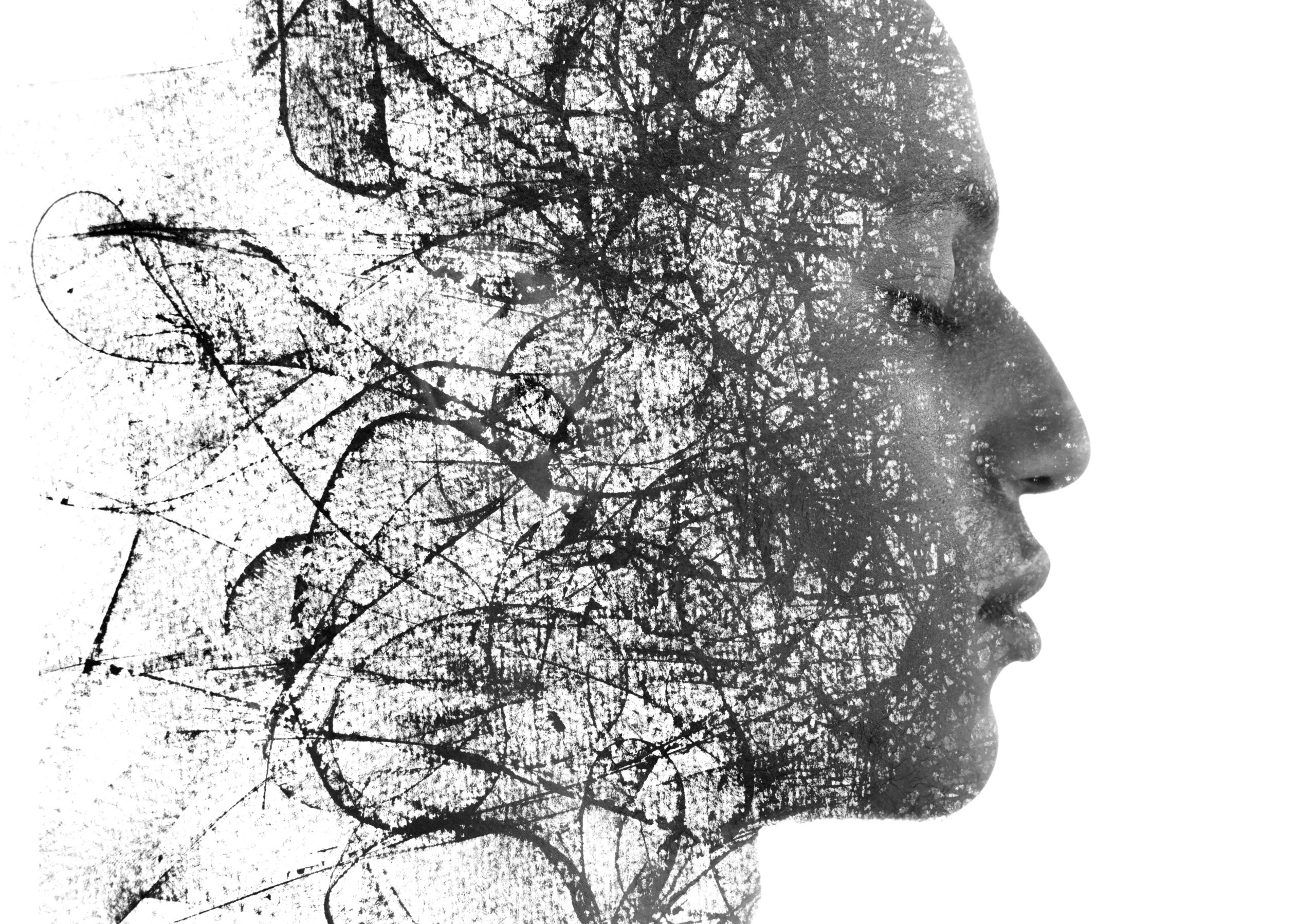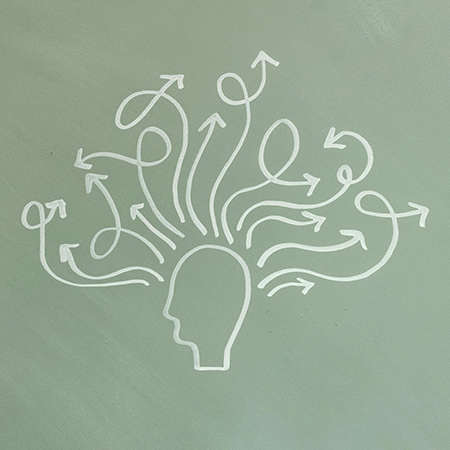| In therapy, we often talk about emotional regulation–focusing on how to manage feelings in healthy, effective ways. We talk about dysregulation as though it’s something bad, something to be avoided or “fixed” with breathwork, mindfulness, or reframing our thoughts.
As a therapist, I’ve fallen into this mindset too. When a client shows up dysregulated, my instinct is to help them calm down. There’s value in that, as sometimes soothing the nervous system is absolutely essential to prevent harm. But I’ve also come to believe that dysregulation has a place, an important one.
at six in the morning, adrenaline coursing, and began frantically packing my things to leave as quickly as possible. I was already in the process of moving—again, for the fifth time this year, which already felt destabilizing—and my nervous system was raw from all the change and grief. My thoughts looped in panic, repeating like a warped mantra: get out, get out, get out. And yet, through all that chaos, I found small ways to care for myself. I went for a trail run in a beautiful place. I made myself eat breakfast, even when I didn’t want to. I stayed firm, honest, and kind in a difficult situation, even when every part of me wanted to scream, shut down, or collapse. I was still a mess, but I was proud of doing what I could in the moment to reduce harm–both to myself and others. I’m sharing this because, in the past, I would have tried to use every therapeutic tool I knew to stop myself from feeling that level of activation. I would have focused on breathing, meditating, and calming down, doing everything possible to not feel the panic. But this time, I let my body move through it and be with it.
I’m glad I went on that run instead of sitting still, trying to control my breath in a frantic effort to stay “grounded” when my body was out the door. I’m glad I let myself leave the space that didn’t feel safe instead of forcing myself to stay. Maybe this was the kind of embodiment I needed, the kind that doesn’t mean being calm, but being present with what’s real in the body, even when it’s messy. Because sometimes, dysregulation isn’t a failure. It’s a response. It’s the body saying, something here matters. And when we meet it with compassion instead of control, it can become part of our healing. |

 Last week, I got triggered and experienced an activation of my nervous system that I have not felt in years. There’s been a lot of instability in my life lately, and something (which I’ll keep private) triggered my flight response so strongly that I barely slept, my brain in a spiral of rumination. I woke
Last week, I got triggered and experienced an activation of my nervous system that I have not felt in years. There’s been a lot of instability in my life lately, and something (which I’ll keep private) triggered my flight response so strongly that I barely slept, my brain in a spiral of rumination. I woke



